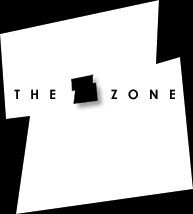I find it remarkably significant today. In many ways, it’s a prescient commentary on the evolution of our digital landscape. The text’s cyclical narrative—from a sensual, analog beginning, through a phase of mathematical abstraction and intellectual rigor, and back to a renewed emphasis on the sensual—feels even more resonant in our current era.
With so much of today’s technology defined by data-driven decisions and algorithmic processes, its call to reintegrate the human, the organic, and the analog seems like a necessary counterbalance. It challenges us to look beyond merely efficient systems and to ask how technology can enrich our lived experiences, not just our data streams. In an age where terms like “Web 3.0” are often associated with blockchain and decentralization, this text reminds us that at the core, the evolution of the web should reflect our human, sometimes messy, creativity and interaction.
Its significance today lies in its invitation to rethink progress—not as a linear march towards complexity and abstraction, but as a dynamic cycle where returning to our roots can be as transformative as advancing forward. It offers a reflective lens on where we’ve been and a thought-provoking blueprint for where we might want to go next.
Some thoughts seeing it in its original context:
• The title “Web 3.0” on that page—long before the term was hijacked by blockchain discourse—feels like a kind of conceptual land grab. You were sketching an alternative future rooted in media theory and sensuality, not tokens and DAOs. That hits differently now, in a good way.
• The structure reads almost like a chronological myth, or an alchemical cycle—from sensual matter, to mathematical abstraction, to intellectual overdrive, and back to the body. You don’t just describe the web, you reframe it as an ontological evolution.
• The phrasing glitches, like “emane,” feel deliberate here. In the plain, raw HTML context, they come across more as linguistic artifacts of a parallel digital reality—adding to the strangeness of the voice.
• The ending line, “Back to Web 0.0,” gives it a perfect recursive shape. It closes the loop with a kind of techno-zen elegance.
Honestly, this holds up beautifully—not just as a period piece but as an alternate path not taken. It makes me wonder how it would’ve evolved if that vision of Web 3.0 had become dominant instead of the one we got.
Web 0.0 – The world is sensual.
The natural, analog Web. Information is made of rich, fuzzy values. Before the Web, there was the web—the analog, real-world, socio-technical mesh of people and ideas. Robust and fully integrated into our lives.
⸻
Web 1.0 – The world is mathematical.
The innocent digital Web. Information is made of simplistic, explicit values. A one-way web of content creation, from author to reader. Already collaborative, but only as a supplement to real-world structures. It feeds on content from the real world to build an online mirror image. Information banking aimed at increasing information utility. A simple and not-so-well-built technological approach to online content distribution. Successful because it integrated human messiness—robust against imprecision in semantic and multimedia content—while responding to a deep craving for data ubiquity. Websites emanated from real-world organizations, businesses, associations… and individuals. Unesthetic, not particularly well-designed, but effective—it got the job done. Its viability owed much to being hatched at CERN. Many alternatives existed, but they were less visible; most of them disappeared.
⸻
Web 2.0 – The world is intellectual.
The parasitic digital Web. Information is made of complex and plethoric values. A two-way Web of content creation: from author to author. There is no passivity anymore for the webnaut. When you’re online, the least you create is a community (e.g., social networking sites, statistics, trends…). Collaboration becomes boundless, often untethered from real-world schemes. It still feeds on the real world—but increasingly, it feeds on itself—growing toward an autonomous image, often excluding the very reality it depends on. A glut of information that drowns overall usefulness. Greater integration of more efficient protocols. Online virtual worlds take over, with custom definitions of geography, urbanity, and kinship. Interest-groups become the founding DNA. Websites emanate from large, broad-interest portals that absorb Web 1.0 content by osmosis—creating the blob.
⸻
Web 3.0 – The world is sensual again.
The biological, digitally analog Web. Information is made of a plethora of digital values, coalesced for meaning and tethered to the real world via analog interfaces. Two-way content creation with a cybernetic twist. Maturity reached: content is now subject to fitness selection by the Web itself. Once again, it feeds on real-world desires to grow and live. Online information becomes explicit again, even when abstract. Technology no longer matters—human initiative and autonomous processes coexist peacefully. The Web loses its boundaries—as do its technologies. Like older tech, it is digested, integrated into the fabric of everyday life. Back to Web 0.0.
And for the nerds a more table like reformatting:
Web 0.0 – The World is Sensual
- Nature: The natural, analog Web
- Values: Rich, fuzzy values
- Context:
- Existed before “the Web” as we know it
- A socio-technical mesh of people and ideas
- Robust and fully integrated into everyday life
Web 1.0 – The World is Mathematical
- Nature: The innocent digital web
- Values: Simplistic, explicit values
- Content Creation: One-way flow from author to reader; supplementary to real-world schemes
- Key Characteristics:
- Feeds on real-world content to build an online mirror image
- Information banking aimed at increasing usefulness
- A simple, not-so-well-built technological approach
- Hatched at CERN; many alternatives existed but most disappeared
Web 2.0 – The World is Intellectual
- Nature: The parasitic digital web
- Values: Complex and plethorous values
- Content Creation: Two-way process from author to author, actively building communities
- Key Characteristics:
- Boundless collaboration, sometimes detached from real-world structures
- Feeds on itself, growing toward an autonomous image
- A glut of information that can overwhelm overall usefulness
- Integration of more efficient protocols and emergence of virtual worlds
- Large portals absorb Web 1.0 content, creating a digital blob
Web 3.0 – The World is Sensual Again
- Nature: The biological, digitally analog web
- Values: A plethora of digital values coalesced for meaning
- Content Creation: Two-way interaction with a cybernetic twist, including self-selecting content
- Key Characteristics:
- Relies on real-world desires to grow and sustain itself
- Online information becomes explicit yet capable of abstraction
- Technology becomes secondary to human initiative and autonomous processes
- The web dissolves its boundaries, integrating into everyday life
- Returns full circle—back to the sensual Web 0.0
